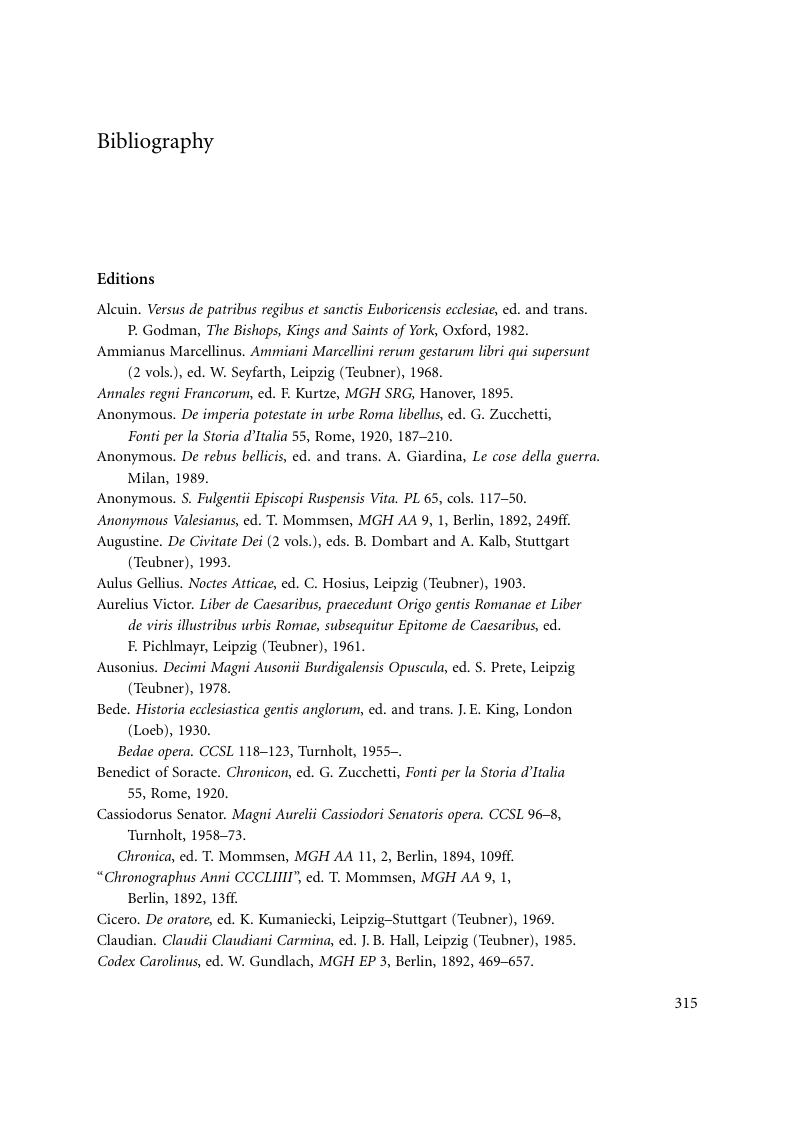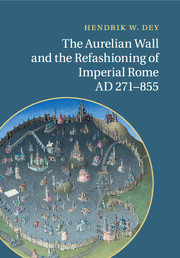Book contents
- Frontmatter
- Contents
- List of abbreviations
- List of figures
- Acknowledgements
- Introduction
- 1 Toward an architectural history of the Aurelian Wall, from its beginnings through the ninth century
- 2 Planning, building, rebuilding, and maintenance: the logistical dynamics of a (nearly) interminable project
- 3 Motives, meaning, and context: the Aurelian Wall and the late Roman state
- 4 The city, the suburbs, and the Wall: the rise of a topographical institution
- 5 Sacred geography, interrupted
- 6 The Wall and the “Republic of St. Peter”
- Conclusion
- Appendices
- Bibliography
- Index
- References
Bibliography
Published online by Cambridge University Press: 19 May 2011
- Frontmatter
- Contents
- List of abbreviations
- List of figures
- Acknowledgements
- Introduction
- 1 Toward an architectural history of the Aurelian Wall, from its beginnings through the ninth century
- 2 Planning, building, rebuilding, and maintenance: the logistical dynamics of a (nearly) interminable project
- 3 Motives, meaning, and context: the Aurelian Wall and the late Roman state
- 4 The city, the suburbs, and the Wall: the rise of a topographical institution
- 5 Sacred geography, interrupted
- 6 The Wall and the “Republic of St. Peter”
- Conclusion
- Appendices
- Bibliography
- Index
- References
Summary

- Type
- Chapter
- Information
- Publisher: Cambridge University PressPrint publication year: 2011



